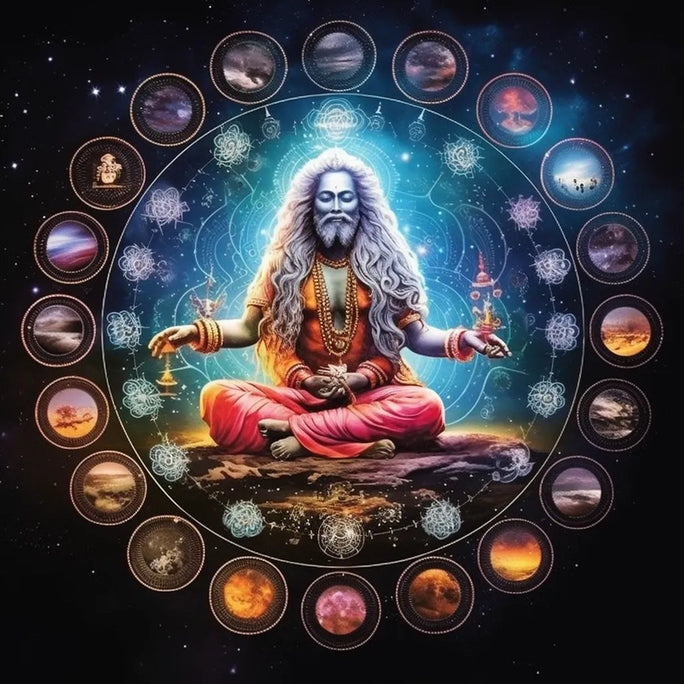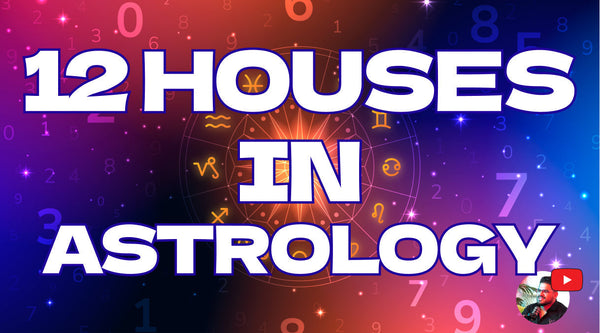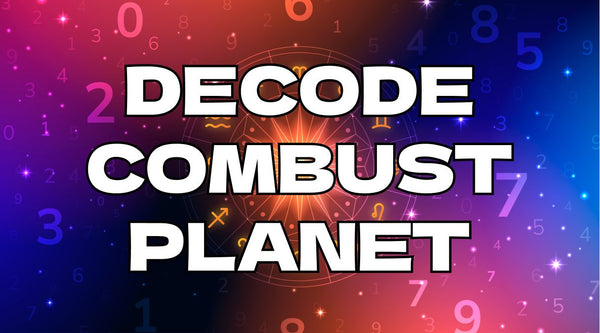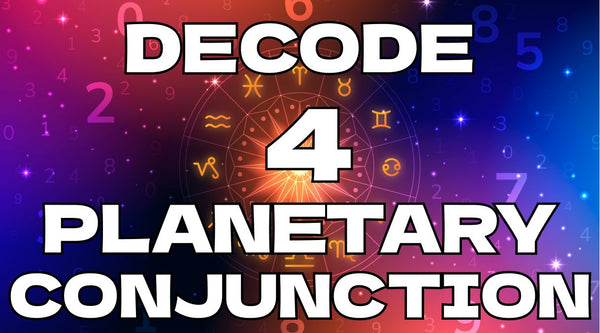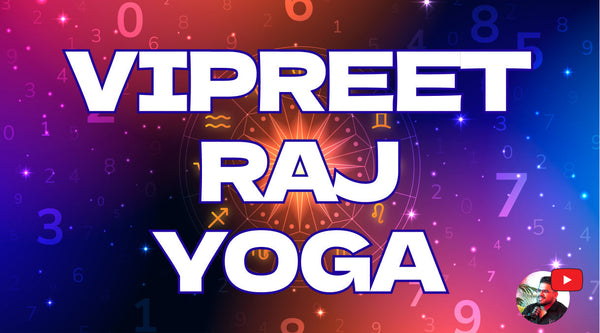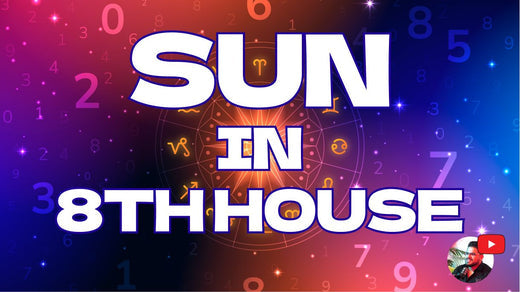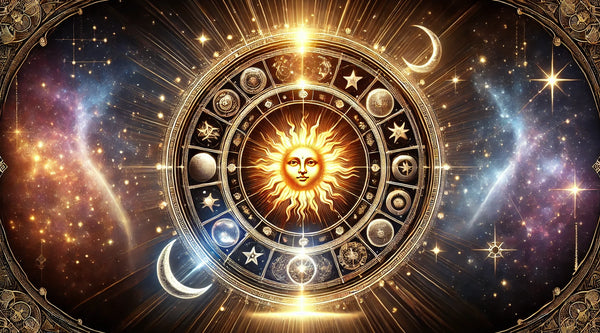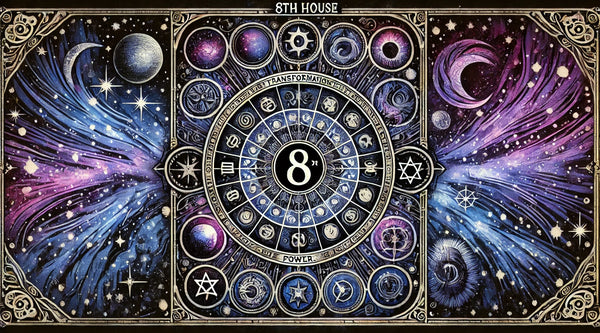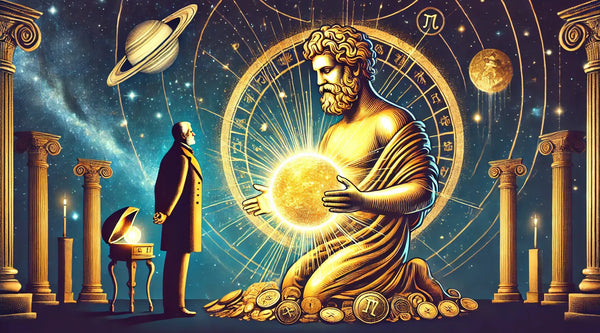Panchang Today 101: Basics and How to Calculate
Ever wondered how your parents or grandparents read the calendar to identify a day of fasting? Or to figure out an auspicious day to commence something? Or to figure out a bad day to avoid any opening, cutting nails or even hair? All that’s called reading the Panchang Today!
Panchang 101
Panchang is a mathematical celestial roadmap that provides calculative insights into cosmic influence on the material world. It is derived from the Sanskrit words ‘Panch’ meaning five and ‘Anga’ meaning part. In simpler terms, it means the five parts (elements) serve as a guiding tool to depict the cosmic interaction on each day of the Hindu calendar.
Understanding Five Parts of Panchang
- Tithi
Tithi also known as the lunar day marks the conclusion of the moon’s elongation from the Sun. Each Tithi represents 12 degrees of separation between the Moon and the Sun.
- Nakshatra
Nakshatra refers to the day’s final star or asterism. In simpler terms, it represents the celestial mansion where the Moon is aligned. There are 27 Nakshatras, each of which measures 13 degrees and 20 minutes.
- Yoga
Yoga means the completion of the Sun and Moon’s angular interaction. There are 27 Yogas, each covers 13 degrees and also lasts 20 minutes.
- Karana
Karana is the midway or half-day point of a Tithi, where each Karan spans 6 degrees of seperation between the Moon and the Sun.
- Vasara/Vara
Vasara or Vara specifies the solar weekday, adding another dimension to the explorations of Astrological insights.
Reading Panchang
Reading Panchang everyday helps make celestial decisions by adhering to the principles of comic movements and align our actions, reactions and future. Whether for a daily activity, to start a new business or wedding, reading Panchang offers a road map for everything.
It calculates the five parts or elements to analyse the day’s celestial influence which when you chat with astrologers, they calculate to nagivate the twists and turns in life. Understanding the complexities of each day provides clarity, insight and a stronger connection to the universe.
While the terminology may appear complex at first but once you consult astrologer they shall light the route and guide you through. Studying Tithis, Nakshatras, or Yogas, each calculative method contains the key to uncover the mysteries.
How to Calculate Panchang?
Here’s a fundamental approach on how Astrologers calculate Panchang from our chat with Astrologers on Astro India:
- Nakshatra
To calculate Nakshatra, observe the moon’s location and apply some basic formulas:
- Idenfity the Moon’s Bhogansha
- Convert Bhongansha to minutes
- Divide the converted value by 800
- Then the integer preceding the decimal denotes completed Nakshatras, whereas the decimal shows the current Nakshatra
- Vaar (Day)
A day in Vaar lasts from one dawn to the next. To understand Vaar, you must first recognise the seven-day pattern from Monday to Sunday. This one is complex so we better recommend you chat with Astrologers to understand and not do it by yourself.
- Tithis
Here’s how to calculate Tithis of Panchang today:
- Determine the angle formed by the moon’s Bhogansha and the Sun
- Divide the difference by Twelve
- Quotients between 1 and 15 represent Krishna Paksha whereas values greater than 15 indicate Shukla Paksha
- Yoga
To calculate Yoga, follow these steps:
- Summarise by adding the Moon and Sun Bhoganshas
- Divide the total by 800 minutes (13 degrees, 20 minutes)
- The quotient determines the current Yoga, whereas the integer represents the completed Yoga
- Karana
To complete Karana calculation:
- Divide the Tithi into two parts
There are a total 11 Karans both fixed and movable.
These are simple the basics of how Panchang today is created. However, each computation in a detailed manner leads to deeper insights about our cosmic connection and spiritual path. So, allow Panchang to be your guiding star, illuminating the path to cosmic harmony.
If you want to know more about Panchang and get to know the ebb and flow of cosmic influence, Astro India features top 10 Astrologers in India. You can consult any of them at a real time chat, adding comfort and convenience to your cosmic journey.
Panchang FAQ with Astro India
- When Does the Hindu New Year Start According to Panchang?
According to Panchang, the Hindu new year starts from the Sun’s arrival into Mesha (Astrology sign: Aries). It symbolises the beginning a new cycle of growth and rejuvenation.
- How Many Days Are in Panchang?
There are 354 days in Panchang, encompassing the full period from one dawn to the next. It also comprises the seven-day week format from Monday to Sunday.
- What are the Twelve Months of Panchang?
The twelve months of Panchang are 1. Chaitra, 2. Baisakh, 3. Jestha, 4. Ashadh, 5. Srawan, 6. Bhadra. 7. Aswin, 8. Kartik, 9. Margashirsha, 10. Paush, 11. Magh and 12. Falgun.
